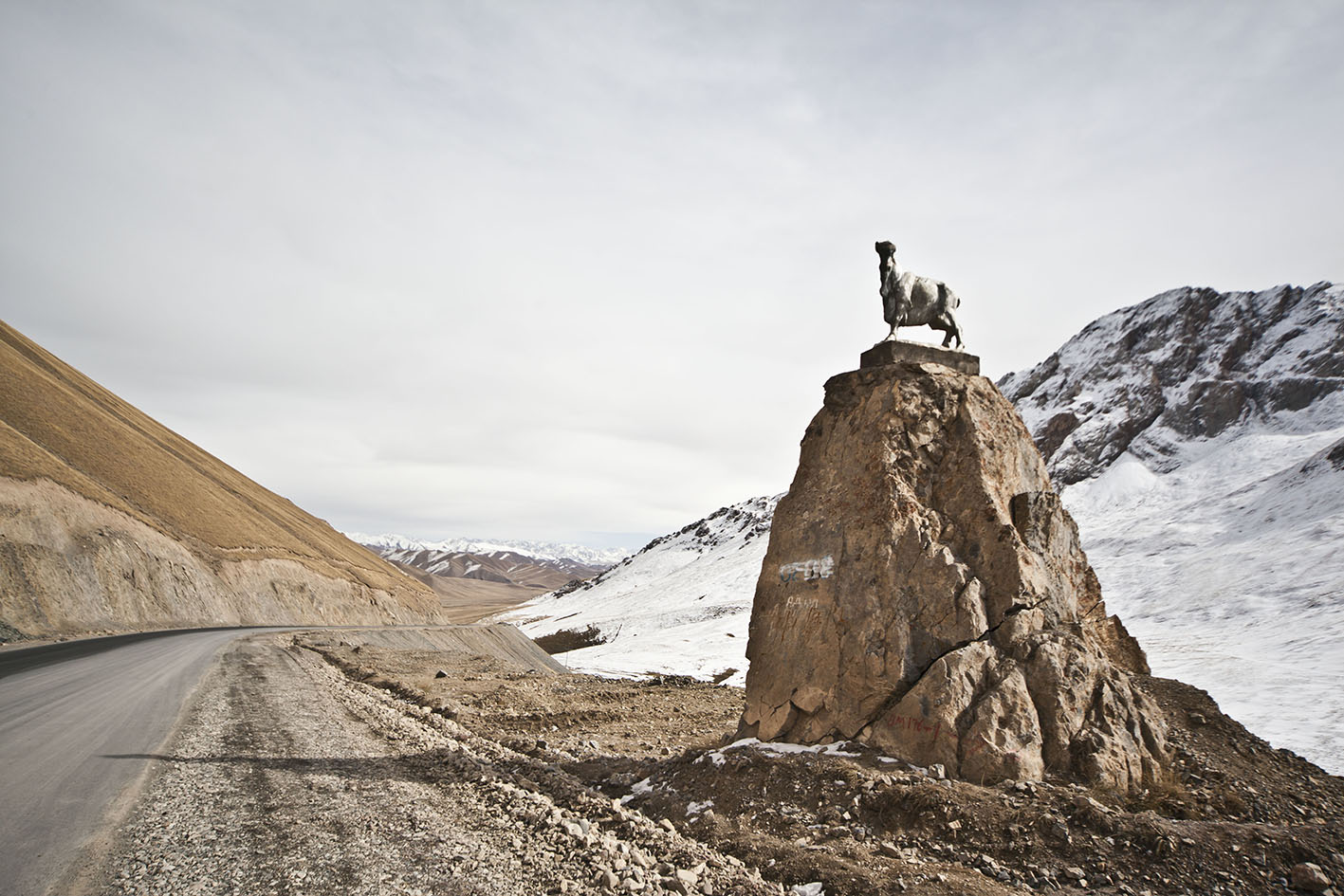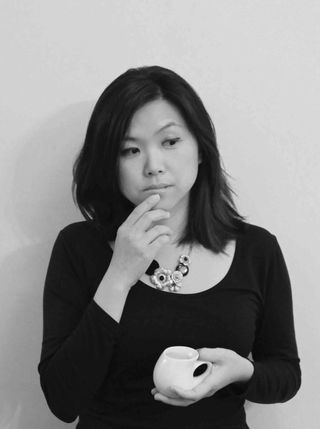Never Again Shall A Single Story Be Told As If It Were Only One Thought

Moving on to a photographic spreadsheet of Tay’s encounters with everyday Kyrgyz life, this series details the country’s food types, economic activities and social behaviours, bringing us closer to authentic Kyrgyz culture and its inhabitants. This is just an extract of Tay’s work, where she is also contributing photographer for ChinainCentralAsia.com, an ongoing research project charting China’s growing influence in the Central Asia region.
On a different side of trade and industry, and as part of her commission exchange for SPRMRKT, Tay explored café culture in cosmopolitan Shanghai while we followed her through this process and featured a live feed on Instagram (#tayexhibits), over two weeks before the launch of this exhibition. Now at SPRMRKT, we’ve used our retail shelves to create an installation of these images, like window frames where we peer in to a different life of spaces in other places. Or is it?
I guess the question on quite a few of our minds is… what is Kyrgyzstan like?
Kyrgyzstan is a dream for any nature lover. The landscapes are simply stunning as the country is mostly made up of mountains, valleys, glaciers, gorges and clear lakes (most famously, Issyk Kul Lake). Hence, eco-tourism is a major driver of the local economy.
A drive from the capital Bishkek in the north starts with beautiful snow-capped mountains and ends in the southern provinces surrounded by lush, tropical landscapes of Fergana Valley. In between, you see herders with hundreds of sheep, horses and yak dotted along highways and over mountains because the Kyrgyz are historically semi-nomads with a strong tribal culture. There was no concept of a sovereign state until the territory came under the Russian empire and later Soviet Union. Independence only came in 1991, so politically it is a young country.
I find Kyrgyz to be very friendly due to the tourism culture and also very laid back. The Kyrgyz are predominantly Muslim (around 80%) with a more secular brand of Islam as they co-exist (though not always peacefully) with minority ethnic Russians, Uzbeks and Tajiks. The sense of tradition varies; people in the capital Bishkek mainly speak Russian. As a Tsarist Russian and Soviet administrative centre, Bishkek is like a sleepy East European town with strong Russian influences. But as you move south, the Kyrgyz language and semi-nomadic cultural practices are more deeply rooted.
Being landlocked by Xinjiang province in China, Kazakhstan, Uzbekistan and Tajikistan, Kyrgyzstan makes a first great stop for a really unique travelling experience.

Sue Anne Tay
Sue Anne Tay is a Singaporean photographer based in Shanghai. When not armed with a camera, Tay dons a suit as Senior VP and strategist at HSBC. Her widely read blog ShanghaiStreetStories.com focuses on Shanghai’s urbanization trends and attempts to preserve its heritage architecture. Tay is also the contributing photographer for ChinaInCentralAsia.com, an ongoing research project charting China’s growing influence in the Central Asia region.
Tay’s work has appeared in National Geographic, The Atlantic, Foreign Policy and Southern Window, China’s leading current affairs magazine. She is also a co-author of Still More Shanghai Walks: Shanghailanders & Shanghainese (Old China Hand Press, 2011), a book that chronicles what’s left of old Western architecture in a now-booming Shanghai.
